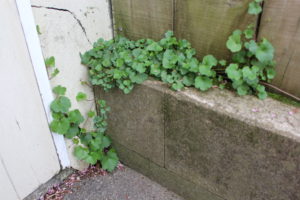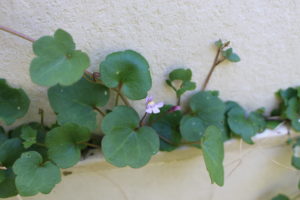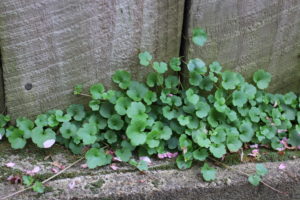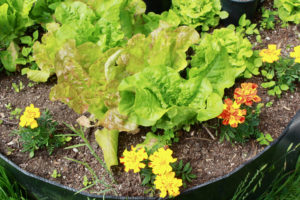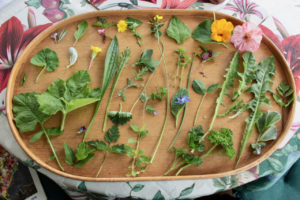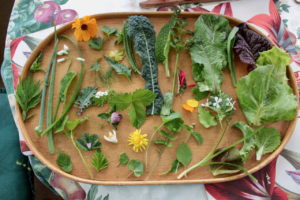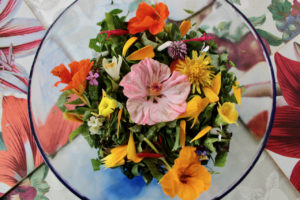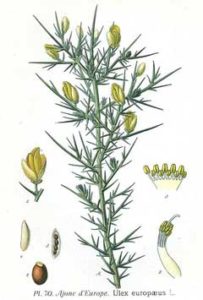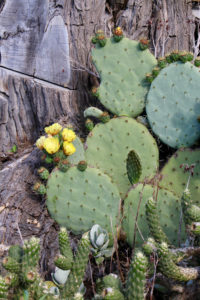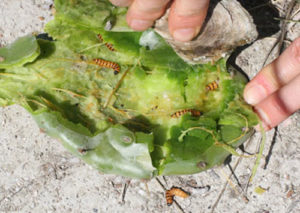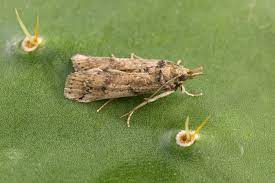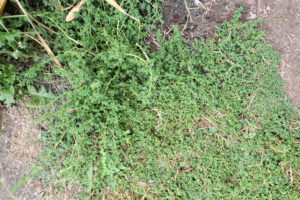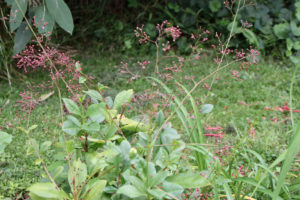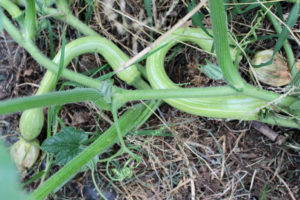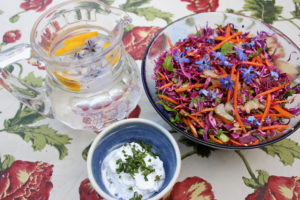
Borage ice cubes, borage in a salad and coconut cream.
The beauty and fragrance of flowers have always drawn humans in nourishing our senses. Increasingly we see a trend to use colourful flowers to brighten and make food very attractive. This though is far from a new idea. Ancient Greek, Roman and Chinese herbalists recorded medicinal and culinary uses for flowers. There is also information on the use of edible flowers from the medieval and Victorian periods where salads were made using violets, daisies and borage. Cakes were baked with rosewater and elderflower vinegar. Sage flowers, lavender and peonies were made into preserves with added medicinal qualities. Later it became very popular to ‘candy’ all sorts of flowers other than violets.
